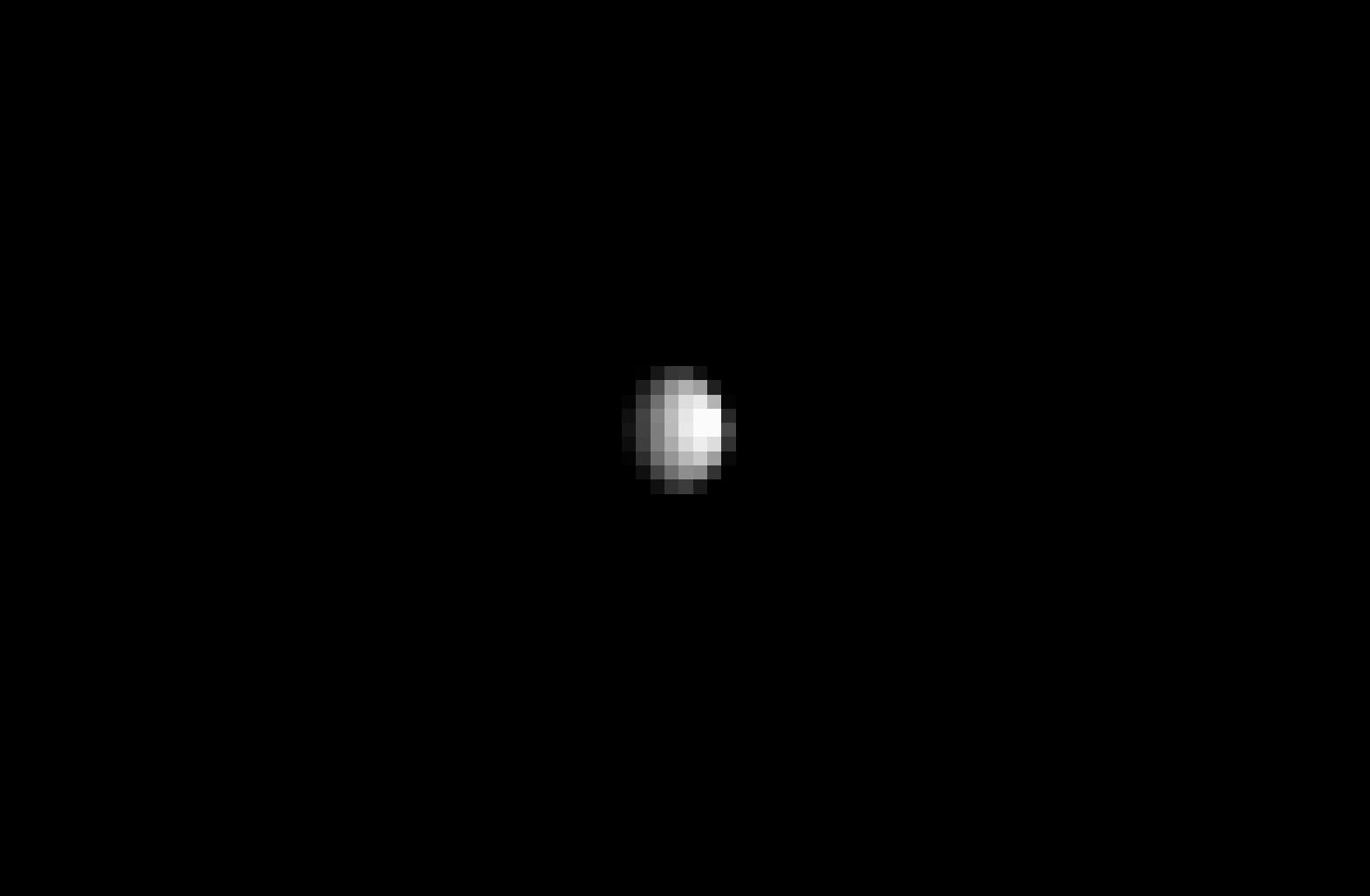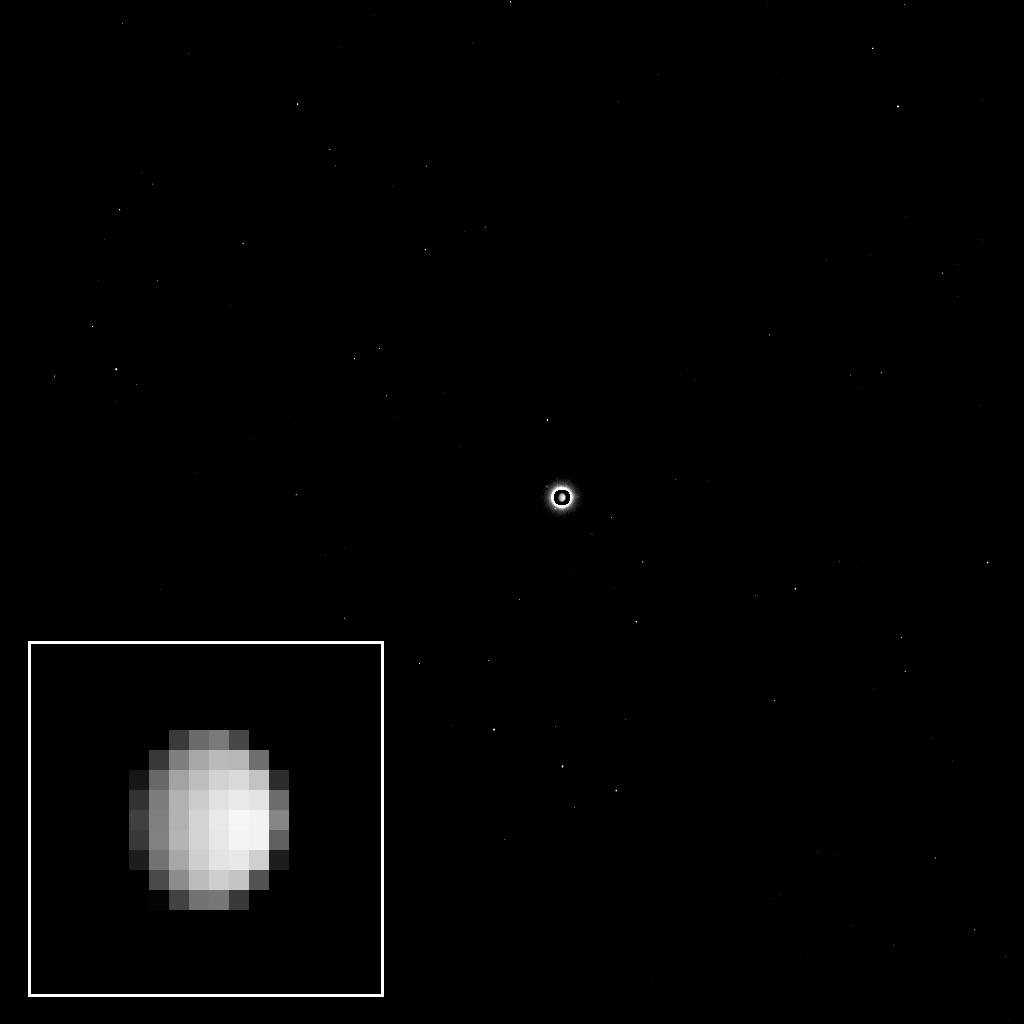NASA Spacecraft Snaps Best Photo Yet of Dwarf Planet Ceres

The dwarf planet Ceres is starting to come into focus for a voyaging NASA probe.
NASA's Dawn spacecraft, which will enter orbit around Ceres in March 2015, has captured its best-ever image of the unexplored dwarf planet, the largest body in the main asteroid belt between Mars and Jupiter.
"Now, finally, we have a spacecraft on the verge of unveiling this mysterious, alien world," Dawn mission director and chief engineer Marc Rayman, of NASA's Jet Propulsion Laboratory in Pasadena, California, said in a statement. "Soon it will reveal myriad secrets Ceres has held since the dawn of the solar system."
Dawn captured the new, nine-pixel-wide photo on Dec. 1, when it was about 740,000 miles (1.2 million kilometers) from Ceres — roughly three times the distance between Earth and the moon.
The image, which was snapped to help calibrate Dawn's science camera, is not the sharpest ever taken of Ceres; NASA's Hubble Space Telescope has resolved the dwarf planet more clearly. But Dawn's Ceres images will begin exceeding Hubble's resolution early next year, NASA officials said.
The $466 million Dawn mission launched in September 2007 to study the two biggest objects in the asteroid belt, Ceres and the protoplanet Vesta, thereby revealing insights about our solar system's planet-building epoch nearly 4.6 billion years ago.
Dawn orbited the 325-mile-wide (525 km) Vesta from July 2011 through September 2012, beaming home a wealth of data about the body's composition and geological history before departing for Ceres, which is about 590 miles (950 km) across. Vesta is currently about 104 million miles (168 million km) from Ceres. (For comparison, Earth orbits 93 million miles, or 150 million km, from the sun.)
Breaking space news, the latest updates on rocket launches, skywatching events and more!
Ceres is the only one of the solar system's dwarf planets that lies in the asteroid belt. The rest, such as Pluto, orbit much farther away, in the icy Kuiper Belt beyond Neptune. Ceres intrigues astronomers for many reasons; for example, it's known to harbor water, which erupts into space, perhaps from "ice geysers" on the object's surface.
Follow Mike Wall on Twitter @michaeldwall and Google+. Follow us @Spacedotcom, Facebook or Google+. Originally published on Space.com.

Michael Wall is a Senior Space Writer with Space.com and joined the team in 2010. He primarily covers exoplanets, spaceflight and military space, but has been known to dabble in the space art beat. His book about the search for alien life, "Out There," was published on Nov. 13, 2018. Before becoming a science writer, Michael worked as a herpetologist and wildlife biologist. He has a Ph.D. in evolutionary biology from the University of Sydney, Australia, a bachelor's degree from the University of Arizona, and a graduate certificate in science writing from the University of California, Santa Cruz. To find out what his latest project is, you can follow Michael on Twitter.


